Remember when we couldn’t just Google the answer to every burning question? The 1980s were a simpler time, but simple didn’t always mean easier. Those of us who lived through the neon decade know that daily life required a special kind of ingenuity that today’s youngsters might find hard to comprehend. From wrestling with tangled cassette tapes to planning our evenings around TV schedules, these everyday challenges shaped us into the resourceful problem-solvers we are today.
1. Untangling cassette tapes with a pencil
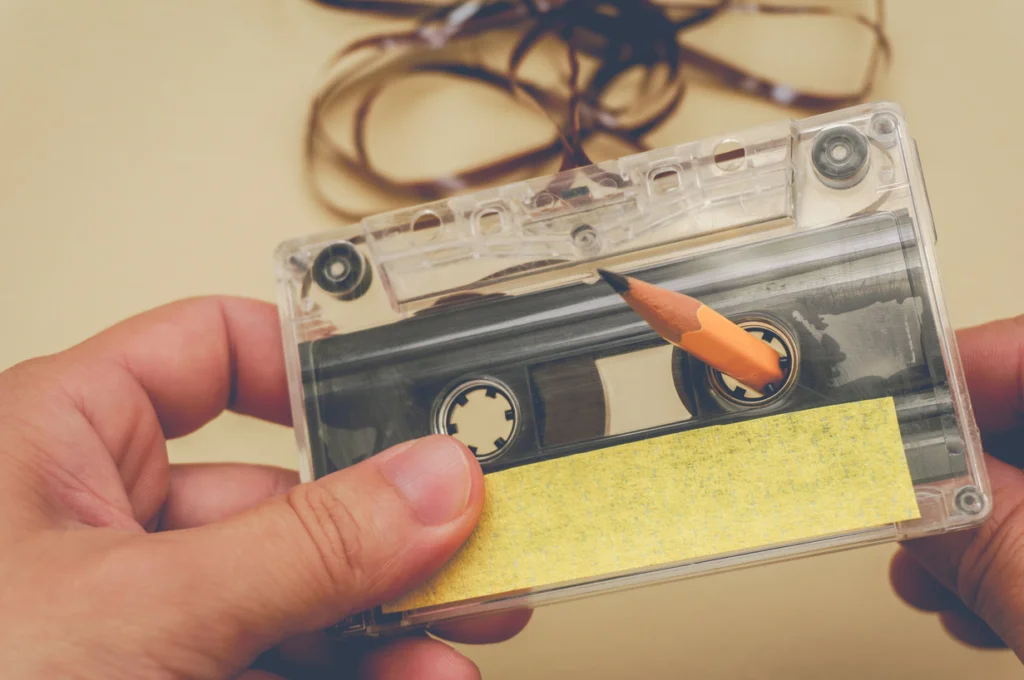
Those magical plastic rectangles that held our favorite tunes had an annoying habit of unspooling at the worst possible moments. Armed with nothing but a number two pencil, we’d carefully thread the delicate tape back into place, turning the hub with practiced precision to restore our precious music collections. The satisfaction of saving a beloved mixtape from certain destruction taught us patience and the value of taking care of our possessions. Popular Science even has a write-up on how to handle these things if a writing utensil is your repair tool of choice.
This tedious ritual became second nature, with many of us developing almost surgical skill in tape resurrection operations. The alternative—spending another week’s allowance on a replacement—simply wasn’t an option for most of us struggling with limited teenage budgets. Looking back, those moments of focused concentration as we restored our musical treasures were oddly meditative, though we’d never have admitted it at the time.
2. Waiting for someone to get off the phone so you could make a call

The shared family telephone—typically mounted on the kitchen wall with that impossibly tangled cord—was a source of constant negotiation and occasional conflict. We’d hover nearby, shooting meaningful glances at whoever was monopolizing the line, silently calculating how much longer we could wait before our own call would become pointless. Those endless conversations with friends who we’d just seen at school somehow never seemed to exhaust their topics. Of course, Southern Living still fondly remembers a similar concept known as a party line and the wacky misadventures those led to.
The waiting game taught us vital lessons in patience, timing, and the art of polite interruption (“Sorry, Mom, but Grandma’s been trying to get through for twenty minutes”). Many of us perfected the skill of speed-dialing—not through technology, but through muscle memory on rotary phones—to maximize our precious phone time. For particularly important calls, we’d even resort to strategic planning, identifying the household’s typical low-traffic phone periods and striking while the receiver was cool.
3. Planning your entire week around TV show schedules
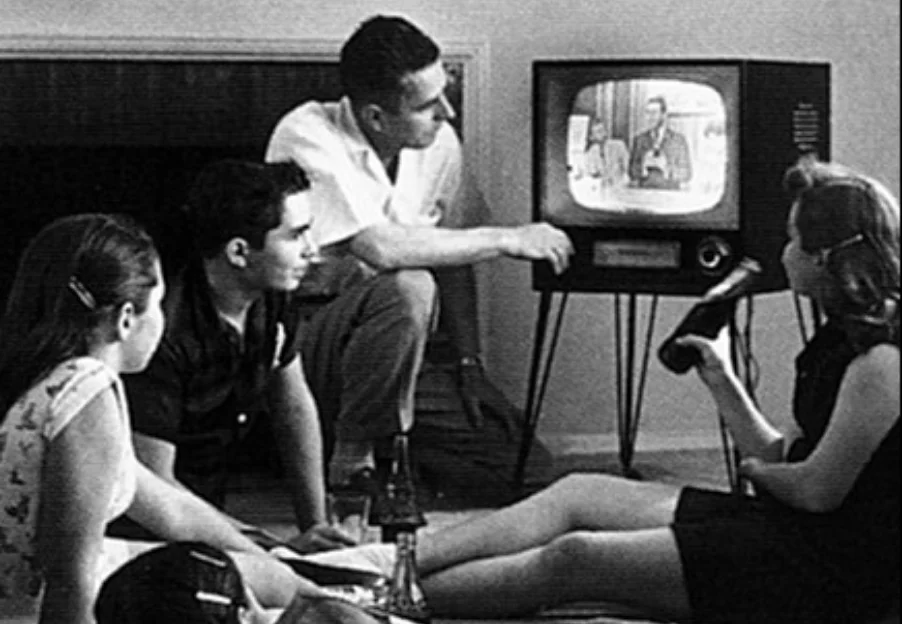
Before DVRs and streaming services, catching your favorite show meant being in front of the television at the exact moment it aired. We’d carefully circle programs in the TV Guide with different colored pens, creating elaborate viewing schedules that required military-precision timing and occasionally difficult family negotiations. Missing an episode of “Dallas” or “Miami Vice” meant waiting months for summer reruns—or worse, never knowing what happened at all. The New York Times recounts the different mediums we turned to so we could get a full picture of our cable schedule.
These viewing constraints forced us to prioritize our entertainment choices and sometimes make tough decisions between competing shows. Many family debates were held over which program deserved the coveted 8 PM Thursday slot, teaching us the fine arts of compromise and occasional bribery (“I’ll do the dishes for a week if we can watch ‘The A-Team'”). The anticipation of waiting a full week for the next episode built a kind of delayed gratification muscle that seems almost foreign in today’s binge-watching culture.
4. Driving with paper maps and written directions
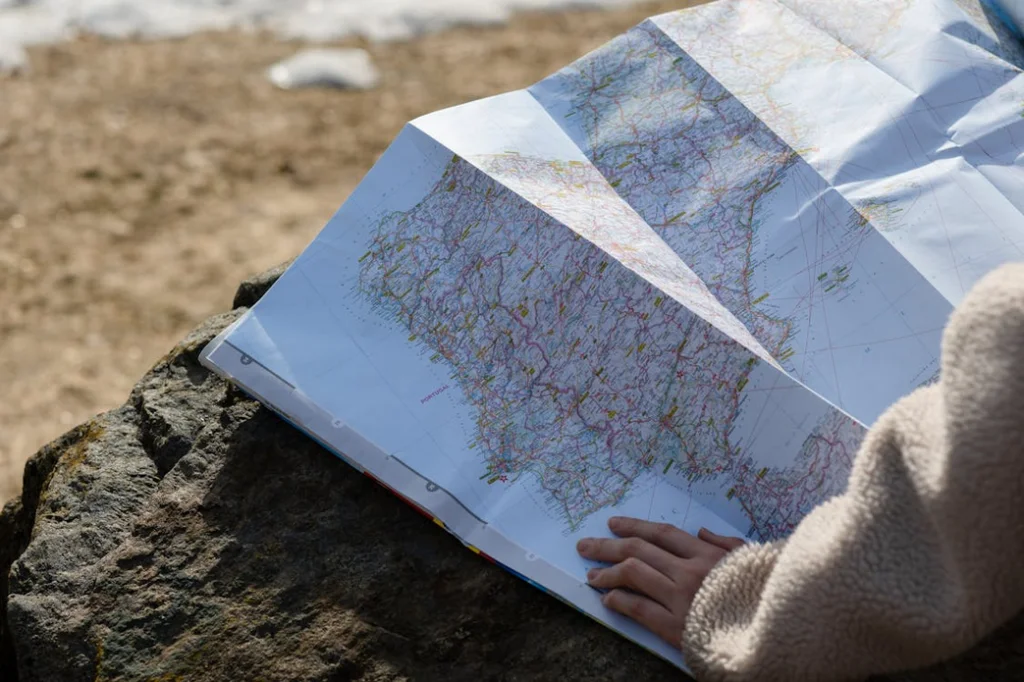
Road trips in the ’80s required serious advance planning, with no reassuring digital voice to recalculate when we inevitably took a wrong turn. We’d unfold those massive paper maps across the dashboard or steering wheel, trying to trace our route with one finger while keeping an eye on the road. The navigator’s role was sacred, bearing responsibility for interpreting cryptic highway signs and determining whether that last exit was actually the one we needed.
The handwritten directions obtained from friends or carefully transcribed from a crackling phone conversation became precious documents, often featuring landmarks like “turn right at the big oak tree” or “if you see the water tower, you’ve gone too far.” These navigation challenges fostered teamwork between driver and passengers, with each successful arrival feeling like a genuine achievement. The lost hours and unplanned detours that resulted from misread maps somehow transformed into some of our most cherished memories and amusing family stories.
5. Writing research papers using encyclopedias and library card catalogs
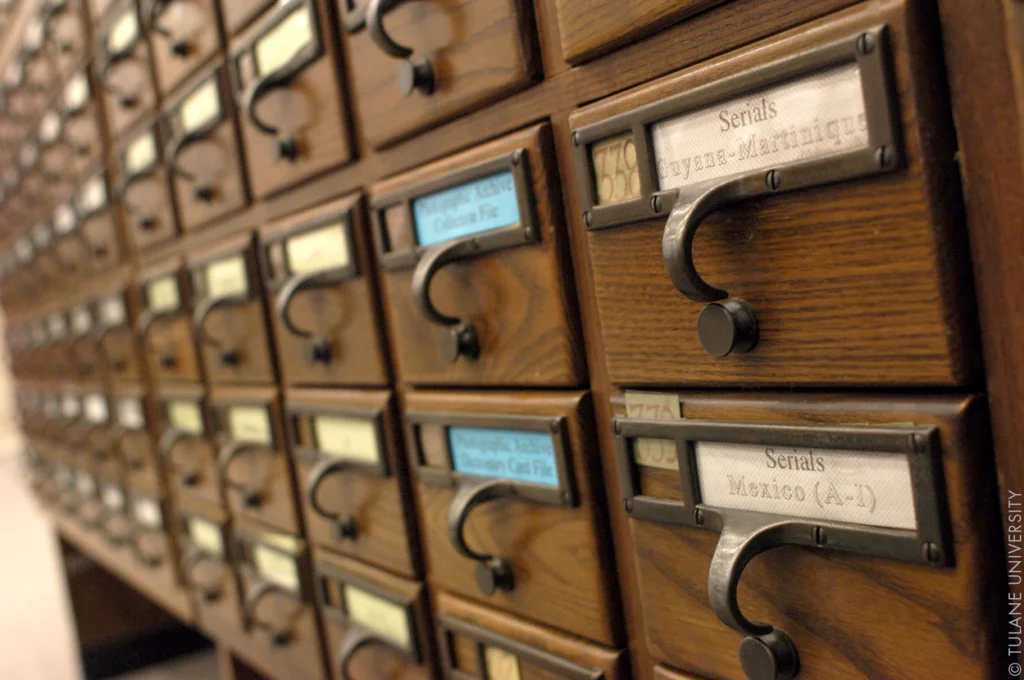
School assignments meant trudging to the local library and navigating the mysterious decimal system to locate relevant books. We’d spend hours flipping through massive encyclopedia volumes, transcribing facts by hand onto index cards, and photocopying precious pages at 10 cents a pop. The limited resources meant sometimes waiting weeks for a particular book to be returned, requiring flexible research strategies and creative thinking.
The Dewey Decimal System became our second language as we hunted through those tiny wooden drawers of the card catalog, looking for the perfect reference materials. A research paper represented weeks of effort—from initial notes to handwritten drafts to painful retyping after inevitable mistakes—with every correction requiring White-Out and careful realignment of the paper in the typewriter. This laborious process taught us to value accuracy the first time and to appreciate the wealth of knowledge contained in those silent library shelves.
6. Recording songs off the radio with perfect timing
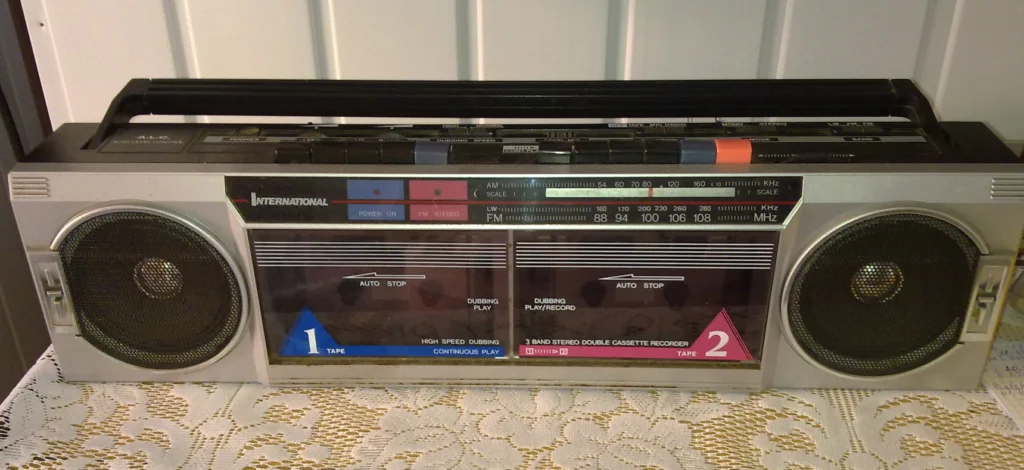
The art of creating the perfect mixtape required ninja-like reflexes and the patience of a saint. We’d sit for hours beside our boomboxes, finger hovering over the record button, waiting for the DJ to play our requested song while praying they wouldn’t talk over the intro. Every successful capture felt like a personal victory, even if the recording sometimes included radio static or abrupt cutoffs before the final notes.
These musical treasures became valuable currency, traded and shared among friends who appreciated the time and effort involved in their creation. The mixtape’s physical limitations forced us to become thoughtful curators, carefully selecting which songs deserved precious tape space and deliberating over the perfect sequence. These homemade compilations often carried deeper meaning than any store-bought album, capturing moments in time and emotions that commercial products couldn’t match.
7. Fixing the TV reception with aluminum foil and patience
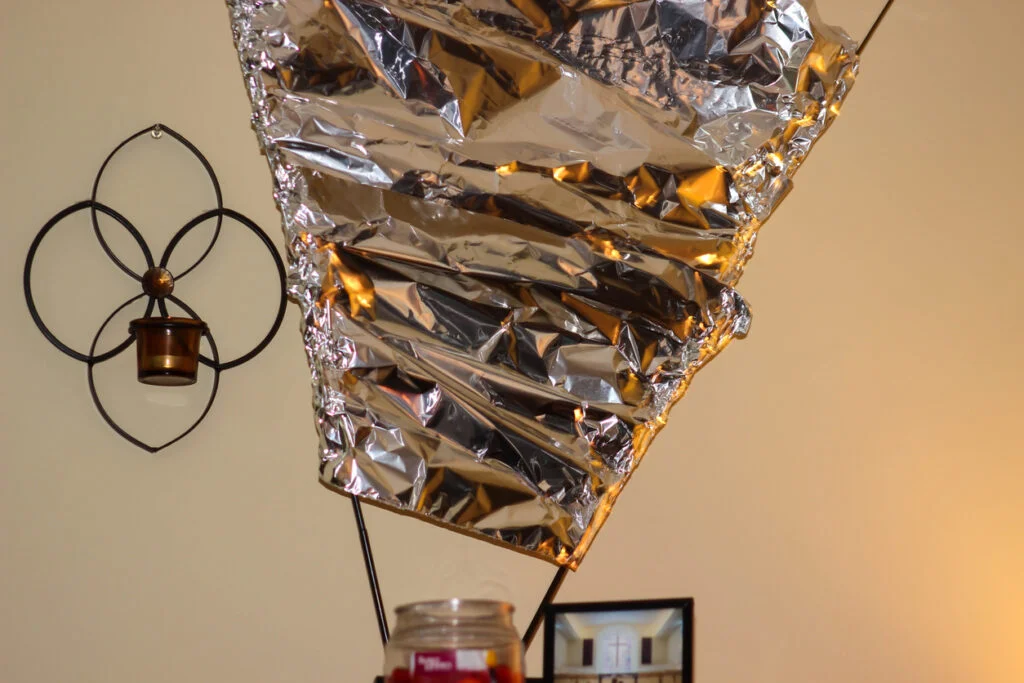
The mysterious art of adjusting rabbit ear antennas required a delicate touch and sometimes an extra set of hands. We’d carefully twist those metal rods, attach improvised foil extensions, and contort ourselves into human signal boosters—all while someone else shouted “That’s it, don’t move!” from across the room. The fleeting joy of achieving perfect reception would often disappear with the slightest breeze or passing truck.
Through this frustrating ritual, we learned valuable lessons about signal interference, atmospheric conditions, and the remarkable conductivity of everyday household items. The shared family experience of gathering around a snowy screen, collectively willing it to clear up for important broadcasts, created a strange kind of bonding experience. Our improvisational skills flourished as we discovered that coat hangers, paperclips, and other unlikely objects could be repurposed as reception-enhancing tools.
8. Entertaining yourself on long car trips without electronics

Family road trips meant hours of amusing ourselves with nothing but our imagination and perhaps a dog-eared Mad Magazine. We’d play endless rounds of license plate bingo, “I Spy,” and the alphabet game, stretching these simple diversions across hundreds of highway miles. Siblings would establish invisible territorial boundaries across the back seat, with violations punishable by pinching or the dreaded “I’m not touching you” hovering finger.
Parents armed themselves with an arsenal of car games and the occasional threat to “turn this car around” when the inevitable boredom-induced squabbles erupted. These electronics-free journeys fostered creativity, conversational skills, and the ability to find entertainment in minimal resources. The rhythmic hypnosis of white lines on pavement often led to unexpected family discussions and shared observations that might never have emerged if we’d all been plugged into separate devices.
9. Waiting an entire week for your camera film to be developed
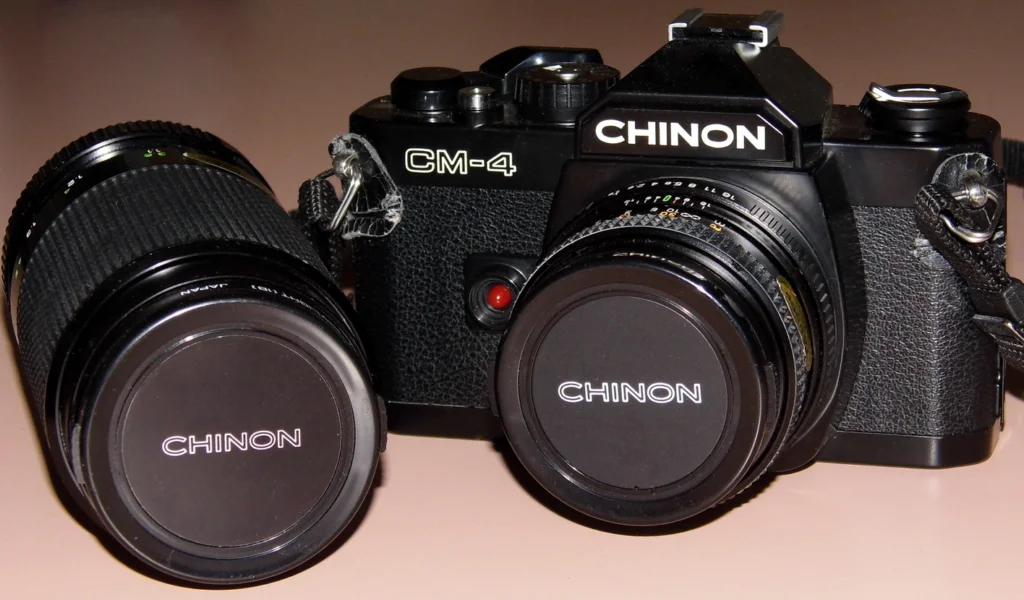
Photography required patience and forethought, with each press of the shutter representing a financial investment. We’d carefully plan our 24 exposures, knowing that wasting a shot meant fewer memories captured and money down the drain. The agonizing week-long wait to see if our photos turned out added a delicious anticipation that’s completely absent from today’s instant digital gratification.
The moment of truth came when we finally ripped open that envelope of prints, discovering which moments had been preserved and which had fallen victim to our amateur photography skills. Those packets often contained unexpected surprises—accidental thumb appearances, mysterious light leaks, and the occasional accidental double exposure that created ghostly overlapping images. Each imperfect photograph became more precious because of its uniqueness and the effort required to create it.
10. Dealing with busy signals and no way to leave messages
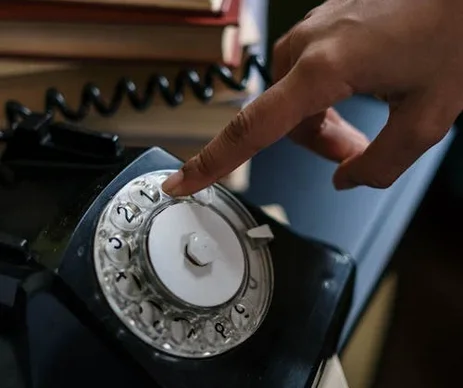
Before voicemail and caller ID, reaching someone by phone often required multiple attempts and perfect timing. The busy signal’s monotonous beep-beep was the sound of frustration, leaving us no option but to hang up and try again later. Important calls sometimes meant redialing for hours, hoping to catch the brief window between conversations.
This communication uncertainty taught us persistence and the importance of planning ahead for important discussions. We became masters of time management, learning the optimal calling windows for different people and developing backup plans for when connections couldn’t be made. The lack of messaging options also meant that conversations, when they did happen, tended to be more focused and meaningful—we couldn’t afford to waste precious phone time on trivial matters.
11. Writing checks for everything and balancing your checkbook by hand

Financial management in the pre-digital era required meticulous record-keeping and basic math skills. We’d carefully record every transaction in those little checkbook registers, subtracting each purchase and deposit with penciled calculations in the margins. The monthly ritual of reconciling the bank statement often revealed mysterious discrepancies that sent us hunting through receipts and memory for that forgotten drive-thru meal.
The physical act of writing checks—at the grocery store, the gas station, the department store—forced us to be aware of each expenditure in a way that today’s tap-and-go transactions don’t. Waiting in line while someone ahead of us slowly filled out a check taught us both patience and the value of having the right payment method ready. The delayed processing of paper checks also required maintaining a mental buffer in our accounts, as we navigated the uncertain timing between writing a check and its eventual clearing.
12. Finding creative solutions for broken appliances

When something broke down, replacement wasn’t always the first option. We’d tinker with malfunctioning toasters, resuscitate dying vacuum cleaners, and perform amateur surgery on temperamental washing machines. Many households had a designated “fix-it” drawer filled with spare parts, mysterious tools, and bits of previous repair jobs that might come in handy someday.
This repair culture was supported by detailed product manuals and neighbors who were often willing to lend both tools and expertise. Appliances were designed to be serviceable, with accessible components and standardized parts that could be ordered from local hardware stores. These hands-on experiences built confidence in our problem-solving abilities and created a deeper connection to our possessions—we understood how things worked because we’d seen their inner workings during repair operations.
Looking back on these everyday challenges, it’s clear they shaped not just our practical skills but our approach to life. We learned to be patient, to plan ahead, to value what we had, and to find creative solutions with limited resources. While today’s conveniences have eliminated many of these frustrations, something has also been lost—that satisfaction of overcoming obstacles through ingenuity and perseverance. Perhaps that’s why we sometimes catch ourselves reminiscing about those “simpler” times, despite (or because of) the daily struggles they presented.


